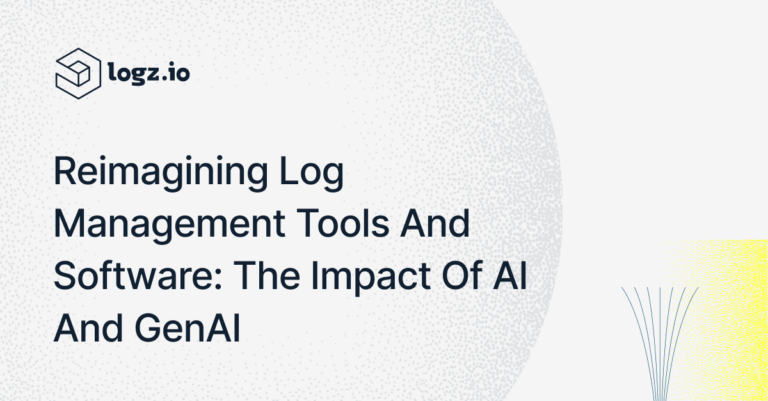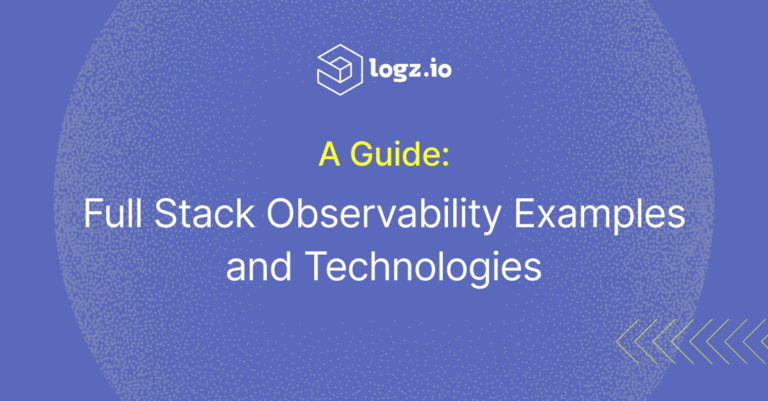
The Path to Autonomous Observability
October 25, 2024
Autonomous observability for system monitoring and management aims to use GenAI and machine learning to automatically detect, diagnose and resolve issues.
In conversations about cloud observability today, discussions often shift from “what’s possible” to “what’s practical.” Too often, these conversations highlight the shortcomings of current observability processes, tools and financial models.
As observability data workloads continue to grow at an unprecedented pace, traditional dashboarding and alerting-based approaches are struggling to keep up. This hinders decision-making, extends troubleshooting times and leads to increased mean time to repair (MTTR). Technical teams are under pressure to maintain business-critical applications at peak performance, but pervasive data silos, overly manual processes and inflated costs are failing to deliver the necessary value or return on investment (ROI).
Enter AI.
Generative AI integrations are opening new pathways in observability. AI-powered copilots are becoming more common across platforms, transforming the way we interact with telemetry data and significantly improving daily operations. However, the potential for AI-driven observability extends far beyond current implementations.
Autonomous observability, a forward-looking vision for the future of system monitoring and management, aims to use GenAI and machine learning to automatically detect, diagnose and ultimately resolve issues without human intervention. Though this technology is still evolving, and the timeline for widespread adoption remains uncertain, its potential to allow engineering teams to focus on strategic tasks while maintaining system performance and reliability is clear.As these technologies evolve, the days of chasing alerts, juggling dashboards and crafting complex queries may become a thing of the past.
Framing the Tangibles of Autonomous Observability
As with any significant technological shift, this progression will unfold in stages, some of which are already reaching users, while others remain nascent.
Based on the current state of available AI models, which are likely to evolve rapidly and unpredictably, the path to autonomous observability will involve advancements across several key dimensions:
- Data and signals: Gathering diverse telemetry data types and incorporating additional data streams, such as configurations and dependencies, that provide critical context.
- Detection: Continuously monitoring and correlating telemetry data to automatically identify ongoing issues and predict future problems in real time.
- Diagnostics and reasoning: Enhancing the system’s ability to intelligently gather and analyze data to uncover the root causes of issues.
- Resolution: Enabling the system to understand and execute the necessary actions to safely resolve identified problems.
- Human experience/interaction: Promoting a seamless, just-in-time user experience that blends natural language interaction with visualizations, minimizing the need for user intervention.
- Adaptation and learning: Empowering the system to continuously learn from new data and evolve in response to the specific context and needs of the company.
- Interoperability: Ensuring that the system can integrate with existing tools and platforms and activate them as necessary.
Progress in these dimensions will lead us toward a future where observability becomes fully autonomous, revolutionizing the way technical teams monitor and manage their systems.

Framing the Levels of Autonomous Observability
As we advance along the various components of autonomous observability, we’ll pass through several stages of maturity and practical application. Understanding these levels is essential for measuring progress and setting future goals.
The following framework outlines a continuous path for organizations as they evolve toward autonomous observability. Rather than representing fixed milestones, these stages reflect the dynamic nature of AI technologies and their expanding role in observability.
- Level 0: Manual observability – All monitoring and observability tasks are performed manually. Tools provide data collection, visualizations and basic alerts based on predefined thresholds, but no automated insights or actions. Users must manually investigate and respond to incidents.
- Level 1: Assisted observability – Basic AI assistance is introduced. The system provides alerts based on simple anomaly detection, but human operators must still interpret the data and take corrective actions.
- Level 2: Partial observability automation – The system can analyze data and provide insights or recommendations. It identifies patterns, suggests causes of issues and recommends remediation steps. Human operators approve and execute actions.
- Level 3: Conditional observability automation – The system can perform complex analysis and automate responses to known issues under specific conditions. Human intervention is only required for novel or complex scenarios.
- Level 4: Full observability automation – The ultimate goal: a system capable of end-to-end observability, handling detection, diagnosis and resolution without human involvement. It adapts to new environments and evolves its capabilities automatically.
Balancing Technical Progress and Trust on the Path to Full Automation
While partial automation (Level 2) is achievable in the short-to-medium term, and conditional automation (Level 3) is within reach for well-understood issues under predefined conditions, full automation (Level 4) presents significant challenges. AI’s current ability to handle the complexity of dynamic systems without human intervention is still limited, especially in high-stakes situations or novel scenarios. However, advancements in machine learning and adaptive algorithms are steadily bringing us closer to realizing full automation.
As we move through these levels, it’s essential to focus on not just technical progress but also ensuring that AI-driven observability systems are trustworthy, transparent, adaptable and safe. To foster adoption, these systems must align with business needs, regulatory requirements and industry standards. Ensuring transparency in AI decision-making and guaranteeing safety in mission-critical applications will be crucial for making these systems effective and sustainable.
By addressing both the technical and trust challenges early, organizations will be better equipped to overcome obstacles and continue progressing toward fully autonomous observability.
Where the Industry Stands Today
Following this framework for autonomous observability, we are currently transitioning from the manual era into assisted observability and moving rapidly toward the early stages of partial observability automation. In fact, at Logz.io we are well on our way, with AI-driven chatbot assistants, offering significant advancements like natural language querying and early automated root cause analysis.
Understanding how this AI-driven progress unfolds will help redefine our approach to people, processes and technology in observability. While autonomous observability is the future, and the technology is advancing, we are still in its early stages.




